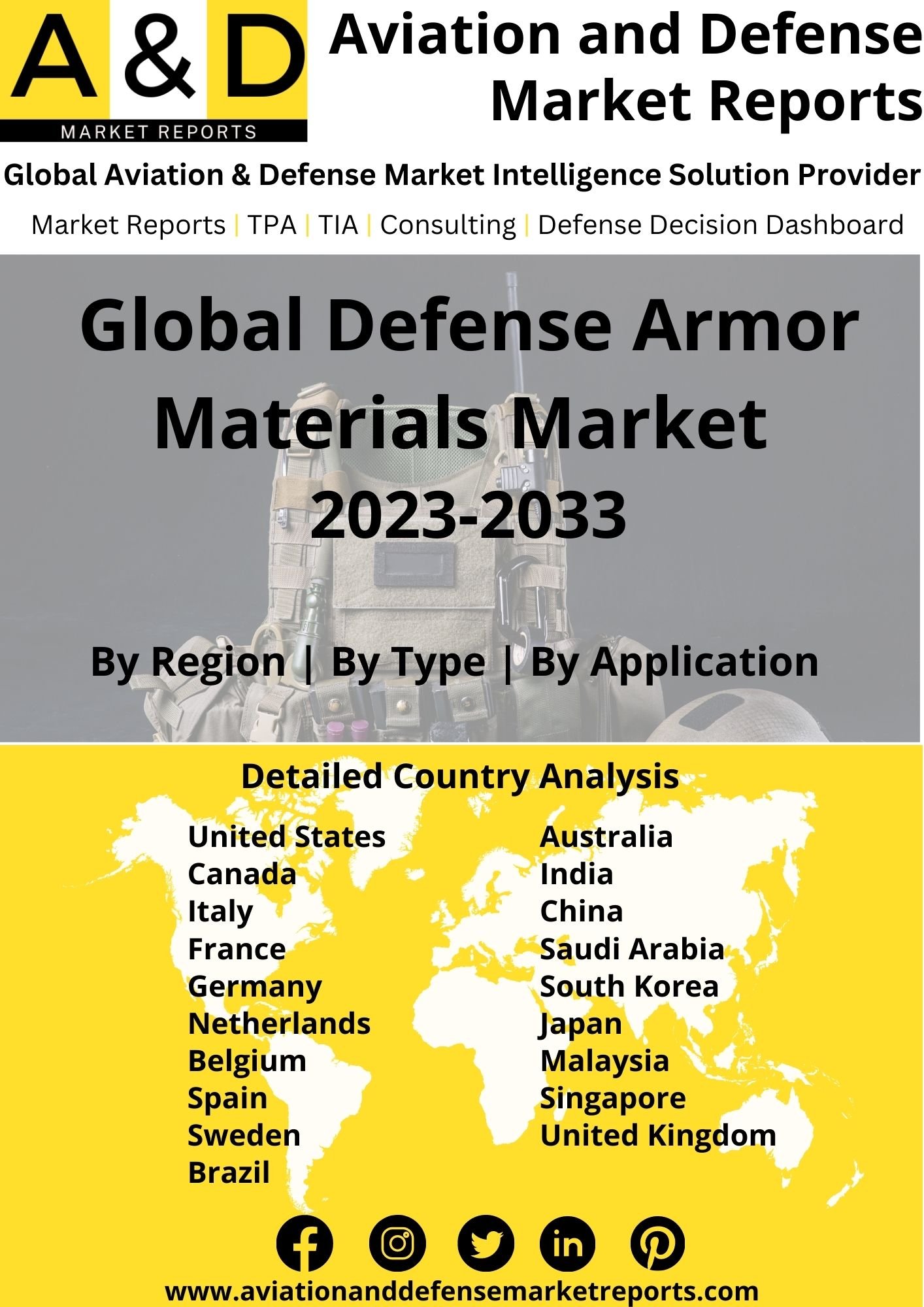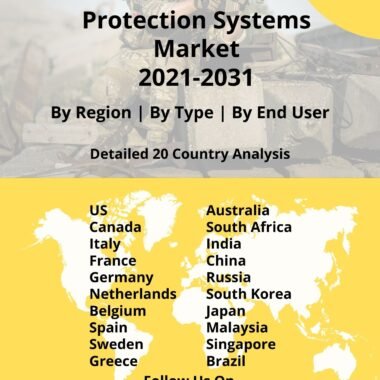Description
Defense Armor Materials Market
Frequently Asked Questions of DAM Market
Defense Armor Materials Market are typically the MOC (material of construction) used to make weapons, armored vehicles as well as other armies, navy, and airborne platforms. The MOC is a detrimental factor that defines the application of various armed platforms. Soldier systems and their development is another key segment of this concerned market. The use of these materials ensures optimal usage as well as survivability of the end product.
The endurance of these materials against various adversities is tested in order to ensure maximum survivability on the battlefield. One such survivability standard is the NATO STANAG 4649. The incoming artillery weapons are classified by various levels and different testing procedures in order to ensure adept endurance. Armored vehicles undergo several tests to accomplish the STANAG 4569 Standard. IEDs are classified as a different segment of attack under this specification. Factors like the wide spectrum of threats associated with the nature of IEDs have been used to study the impact of this munition on an armored vehicle. Commonly encountered attack scenarios were recorded by NATO to develop this segmentation.
Documents released by NATO state that the test procedures are set up to provide 90% efficiency in terms of protection levels covered by the armored vehicle. The National Authorities are responsible to ensure that the test parameters are in line with the objective. The utilization and employment of defense armor materials are hereby dependent on the standards and specifications to be followed for the design of a said vehicle.
Major factors driving Defense Armor Materials Market Growth
One of the primary factors that drive the defense armor material market size is the growing need to ensure the survivability of various defense armor-based platforms. The capital investment incurred during the deployment of various systems and subsystems is noted to be very high followed by the testing costs. Thus, ensuring the maximum lifespan of these vehicles is one of the prime factors that drive the growth associated with quality raw materials within this segment.
In terms of defense armor material market trends, the growth in procurement and modernization of vehicles is another factor that is poised to bolster the defense armor material market size. Defense armor material market forecast, recycling of scrap material within the commercial automotive as well as defense sector is another factor that is anticipated to propel the defense armor material market growth. Within the commercial sector, the number of people concerned with their security and the integration of enhanced armor into civilian vehicles is poised to accelerate growth.
Trends influencing the defense-armor material market growth
Defense armor materials market analysis, that increased geo-political tensions, as well as cross-border conflicts, have led to an overall increase in the procurement of defense armor-based platforms. The Russia –Ukraine war is one such example. Additionally, the poor usage of armaments was denoted as a symbol of bad leadership on Russia’s end by Ukraine in the recent reports.
defense armor material market trend, the recent scenario indicates that Russia was noted to have lost roughly 3000 armored vehicles in combat. This fact was exposed in Russia’s recent defeat within Kyiv. Defense armor material market analysis over 650 Russian tanks were lost within this battle and a graveyard of Russian armored vehicles remain behind in Ukraine as an aftermath of the war. These tanks were to be paraded by Ukraine in Europe as a symbol of Russia’s poor leadership.
Defense-Armor Materials Market Forecast & Dynamics
Technology-based trends within this market dictate an increased number of OEMs are shifting towards non-metal-based armor materials as compared to metallic ones. This is primarily due to the weight advantage associated with the non-metallic armor materials. Additionally, it is noted that the number of components to be made when designing a system is seen to reduce on making use of non-metals. This is predominantly due to its increased ductility as well as versatility as compared to its metallic counterparts. Additionally, it is observed that reduced weight increases the mobility of vehicles across various terrains, this is particularly useful within urban warfare.
Defense Armor Materials Market Analysis for Recent Developments
defense armor material market reports, the advent of technologies like additive manufacturing is one of the key factors that propel the growth associated with armor materials, non-metallic armor materials in specific. The technology makes use of software like Computer Aided Design to design a shape which is then input to a 3 printer that prints the shape in a 3D fashion as per design. defense armor material market reports, the printing takes by layer by layer hence the intricacy of the same is very high. Contrarily the cost associated with 3D printing is noted to be a key market restraint. Researchers are presently trying to optimize the same to use this technology across mass production.
The market is at the forefront of ensuring the safety and resilience of military personnel and assets in an era marked by diverse security threats. The market is witnessing substantial growth fueled by advancements in materials science and the imperative to develop armor solutions that provide effective protection against evolving threats. Defense armor materials encompass a range of advanced composites, ceramics, and metals designed to withstand ballistic, blast, and chemical impacts. Technological innovations are shaping the market dynamics, with a focus on developing lightweight and high-strength materials that offer enhanced mobility without compromising protective capabilities. The integration of nanotechnology and metamaterials is further contributing to the evolution of armor materials, providing superior performance in terms of strength, durability, and flexibility.
Geopolitical considerations and the increasing sophistication of asymmetric threats are driving significant investments in defense armor materials globally. Nations are seeking to equip their armed forces with cutting-edge protection to mitigate risks in various operational environments. Additionally, the market is witnessing a growing emphasis on sustainability, with research into eco-friendly and recyclable armor materials. In summary, the global Defense Armor Materials market in 2023 reflects a commitment to technological excellence and the safeguarding of military personnel. As threats diversify and intensify, the continual evolution of armor materials is instrumental in ensuring the resilience and effectiveness of defense forces worldwide.







